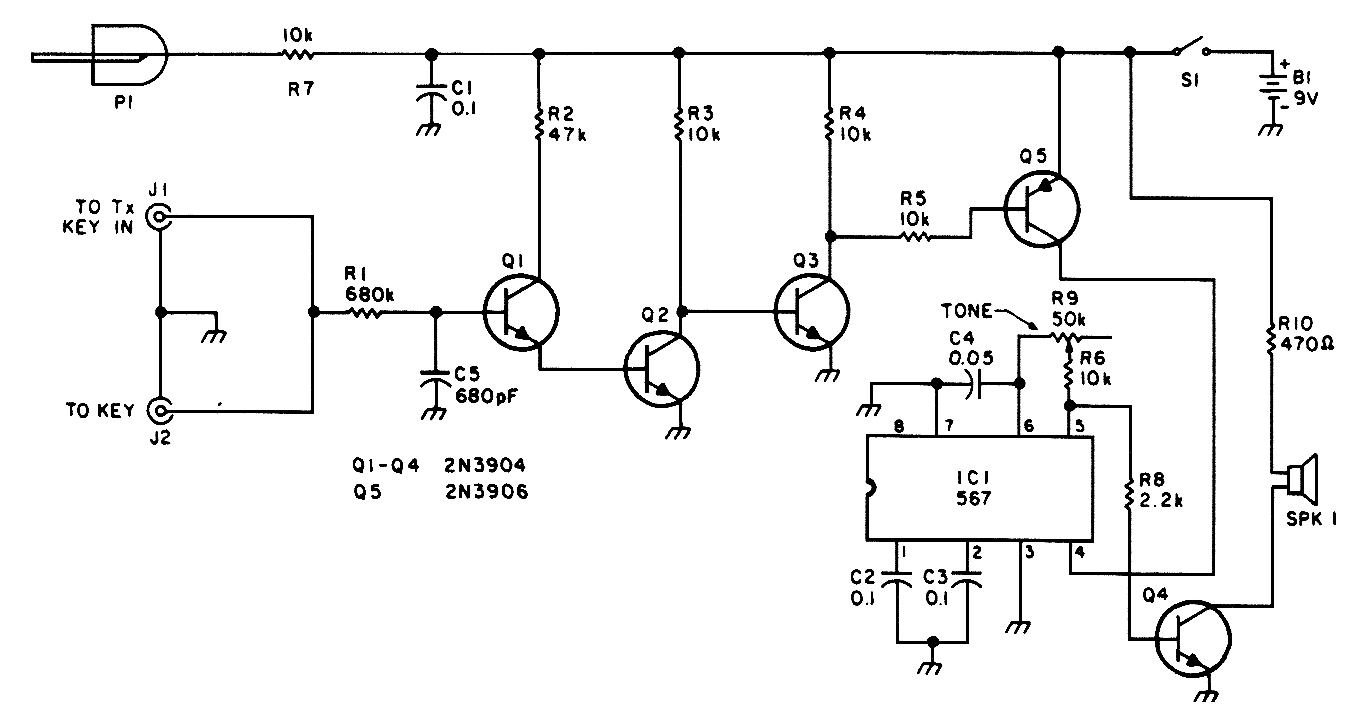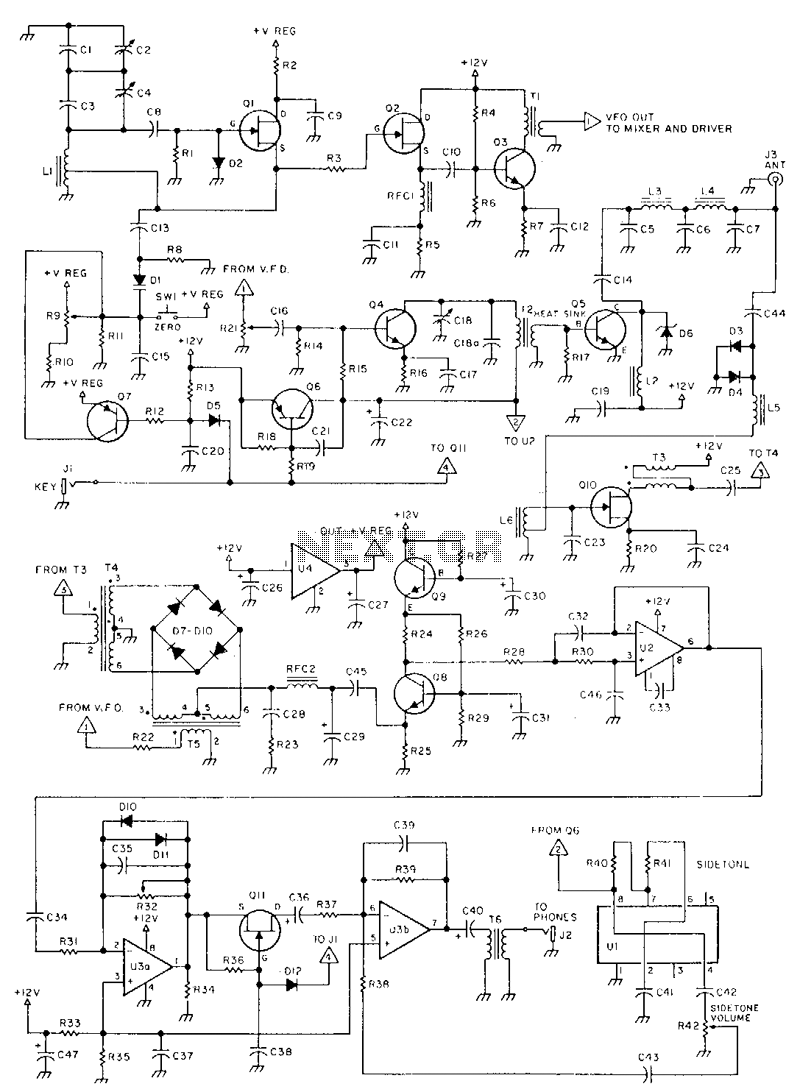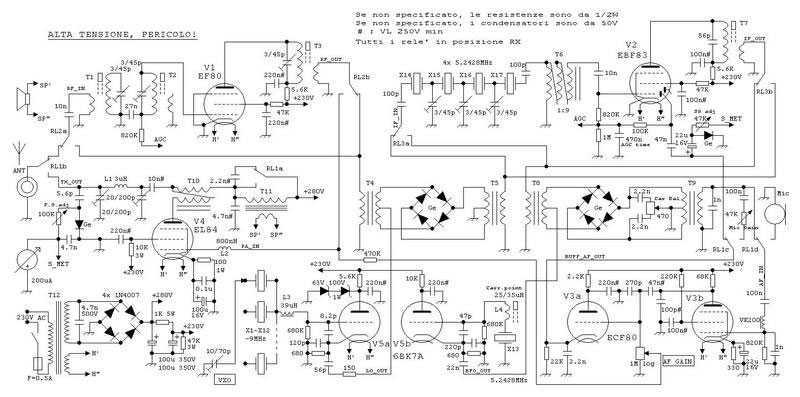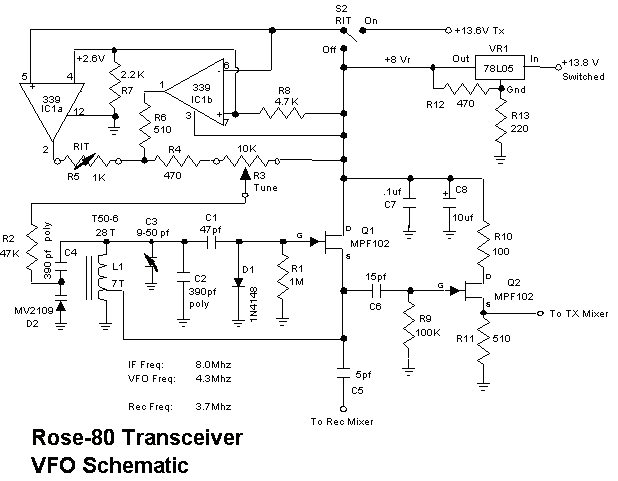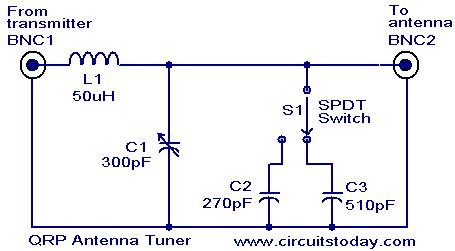
QRP driver/final
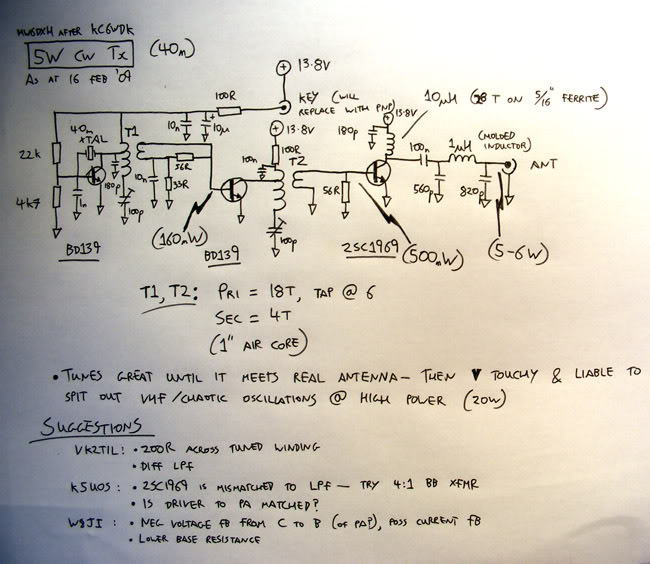
A newly licensed individual is engaging in traditional methods of amateur radio, focusing on continuous wave (CW) communication and homebrewing. They have constructed several basic receivers, an antenna matcher, a standing wave ratio (SWR) meter, a PC-rig interface, and a kit-built 10W 80m single sideband (SSB) rig. To enhance their understanding, they are attempting to design a simple 2 to 3W CW transmitter using components from their junk box, which has highlighted gaps in their knowledge. They have already created a 40m variable crystal oscillator (VXO) and are now looking to add a driver and final stage to their design.
The design of a simple 2 to 3W CW transmitter can be approached by integrating several key components to ensure functionality and efficiency. The transmitter will typically consist of an oscillator stage, a driver stage, and a final amplifier stage.
The oscillator stage is crucial for generating the carrier frequency. In this instance, a variable crystal oscillator (VXO) has been constructed for the 40m band. This VXO can be adjusted to fine-tune the output frequency within the designated band. The output from the VXO is usually a low-level signal that requires amplification for effective transmission.
The next stage is the driver amplifier, which takes the output from the VXO and increases its power level. A common choice for a driver stage in low-power CW transmitters is a transistor amplifier, which can be configured using a bipolar junction transistor (BJT) or a field-effect transistor (FET). The driver stage should be designed to provide sufficient gain while maintaining linearity to ensure clean signal transmission.
Following the driver stage, the final amplifier stage is employed to achieve the desired output power of 2 to 3W. This stage can be implemented using a power transistor capable of handling the required output power and providing good efficiency. The choice of transistor will depend on the operating frequency and the power handling capabilities. This stage must also include appropriate biasing to ensure the transistor operates in the desired region of its characteristics.
Additional considerations for the transmitter design include the implementation of a low-pass filter at the output to suppress harmonic frequencies and ensure compliance with regulatory standards. Adequate power supply decoupling and thermal management must also be addressed to ensure reliable operation.
In summary, the construction of a simple CW transmitter involves a well-thought-out combination of an oscillator, driver, and final amplifier stages, along with necessary filtering and power management components. This project not only serves to enhance practical skills in electronics but also deepens the understanding of RF circuit design and operation.Hello all, I`m newly licensed last year but I`m kind of doing things the old way; getting heavily into CW and homebrewing. I`ve built a few simple receivers, an antenna matcher, SWR meter, PC-rig interface, and a kitbuilt 10W 80m SSB rig.
To further my understanding I`ve been trying to design a simple ""popcorn"" 2 or 3W CW transmitter based around bits in my junk box and it`s making me realise where the gaps in my knowledge are. I`ve made a 40m VXO. Now I`d like to add a driver, final.. 🔗 External reference
The design of a simple 2 to 3W CW transmitter can be approached by integrating several key components to ensure functionality and efficiency. The transmitter will typically consist of an oscillator stage, a driver stage, and a final amplifier stage.
The oscillator stage is crucial for generating the carrier frequency. In this instance, a variable crystal oscillator (VXO) has been constructed for the 40m band. This VXO can be adjusted to fine-tune the output frequency within the designated band. The output from the VXO is usually a low-level signal that requires amplification for effective transmission.
The next stage is the driver amplifier, which takes the output from the VXO and increases its power level. A common choice for a driver stage in low-power CW transmitters is a transistor amplifier, which can be configured using a bipolar junction transistor (BJT) or a field-effect transistor (FET). The driver stage should be designed to provide sufficient gain while maintaining linearity to ensure clean signal transmission.
Following the driver stage, the final amplifier stage is employed to achieve the desired output power of 2 to 3W. This stage can be implemented using a power transistor capable of handling the required output power and providing good efficiency. The choice of transistor will depend on the operating frequency and the power handling capabilities. This stage must also include appropriate biasing to ensure the transistor operates in the desired region of its characteristics.
Additional considerations for the transmitter design include the implementation of a low-pass filter at the output to suppress harmonic frequencies and ensure compliance with regulatory standards. Adequate power supply decoupling and thermal management must also be addressed to ensure reliable operation.
In summary, the construction of a simple CW transmitter involves a well-thought-out combination of an oscillator, driver, and final amplifier stages, along with necessary filtering and power management components. This project not only serves to enhance practical skills in electronics but also deepens the understanding of RF circuit design and operation.Hello all, I`m newly licensed last year but I`m kind of doing things the old way; getting heavily into CW and homebrewing. I`ve built a few simple receivers, an antenna matcher, SWR meter, PC-rig interface, and a kitbuilt 10W 80m SSB rig.
To further my understanding I`ve been trying to design a simple ""popcorn"" 2 or 3W CW transmitter based around bits in my junk box and it`s making me realise where the gaps in my knowledge are. I`ve made a 40m VXO. Now I`d like to add a driver, final.. 🔗 External reference
